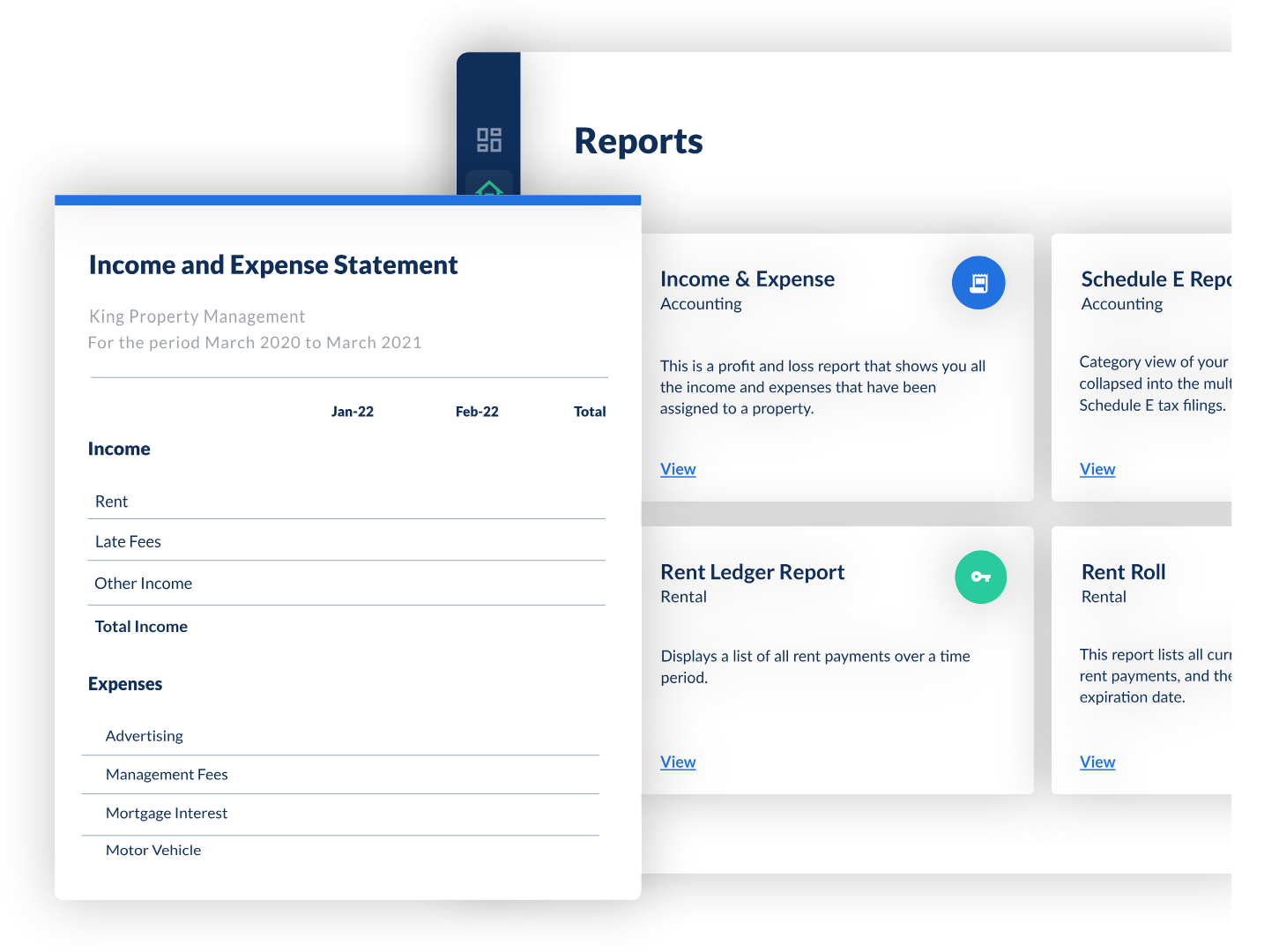Welcome! Where would you like to log in today?

Sign up and get
PRO free for 14 days
Once your PRO trial is over you can continue using Landlord Studio GO completely free.
By continuing you agree to our Terms & Conditions.
Get your free rent statement template UK, perfect for landlords. Track rent charges, payments, and balances with this easy-to-use ledger.
.jpg)
Written by
Ben Luxon
PUBLISHED ON
Aug 28, 2025
What is a rent statement? Well, if a tenant requests a statement, they typically want a clear list of rent charges and payments, along with a running balance for a specified period.
This guide provides context on rent statements, along with a straightforward rent statement template that UK landlords can use today, and a quick explainer to help you distinguish between a rent statement and a rent receipt.
A rent statement is a running ledger: charges (like monthly rent or a service charge), payments received, and the balance after each entry. It’s not a contract, and it’s not a receipt.
It’s a tidy summary for a period (say, the last three months) so a tenant or agent can see what’s been billed and what’s been paid. Local authorities publish similar layouts for council tenants, which is why your private tenants may ask for something that “looks official.”
A fellow redditor summed this up pretty well in r/UKLandlords:
“A rent statement is merely a list of transactions showing proper receipt of rent payments and can be used as a reference for a future housing application.”
— r/UKLandlords
Councils issue these kinds of statements all the time (some even send them quarterly), so tenants are used to seeing them in this format.
It’s important to note that a rent statement is different from a rent receipt, which just proves a single payment on a specific date. Receipts matter, but they don’t show the bigger picture or the current balance. If a tenant wants proof they’re up to date, a statement is the right document. (If they only need proof of one payment, send a receipt.)
Here’s the basic anatomy that works across the board and mirrors what many councils use:
That running balance is the bit tenants and letting agents actually need. If you want to see a public example, Birmingham and other councils let tenants view or request a rent statement, which is the same format you’ll use.
Learn more about reporting your income and expenses with Landlord Studio.
Clear statements aren’t just tenant-friendly; they make your records cleaner for Self Assessment. HMRC expects landlords to keep proper rental income records, and a running ledger supports whatever you file later. Store the statement alongside receipts and bank evidence, and you’ve got a neat paper trail.
Here’s a tenant-friendly rent statement template UK landlords can drop into an email or Word doc. Keep the headings as-is so it looks familiar to agents and councils

Landlord Studio makes it simple to track every rent payment, keep running balances up to date, and generate professional reports.
Instead of relying on manual spreadsheets, you can:
The end result? You’ll have a clear, searchable rent history for each property and tenancy that can be exported to PDF in seconds, meaning when a tenant requests a statement, you already have one ready, without having to dig through emails or spreadsheets.
HMRC’s record-keeping guidance is to keep accurate records of rent received and expenses, and keep proof (receipts, invoices, bank statements). A rent statement is a neat front cover for that bundle.
When you issue one, save the PDF and file it with the period’s evidence. With Making Tax Digital on the horizon, the habit of recording the amount, date, and category for each entry sets you up nicely.
If you’re done wrestling with spreadsheets, give Landlord Studio a spin. It’s built for landlords, not generic bookkeeping.
Connect bank feeds to catch rent as it lands, snap receipts on your phone, and let the app slot everything into HMRC-friendly categories.
Need a statement? Pick the dates and export a clean per-property report to PDF in seconds.
You also get document storage, reminders, and an easy path toward MTD record-keeping.
Set up one property, and see how fast you can produce the same result as your rent statement template, without the faff.